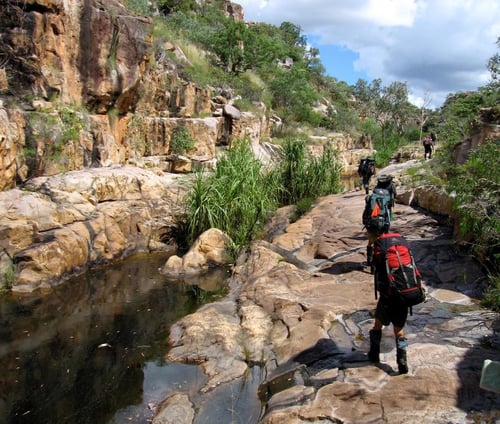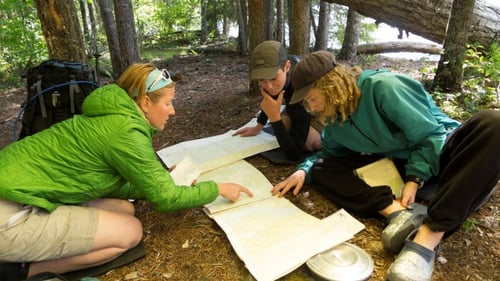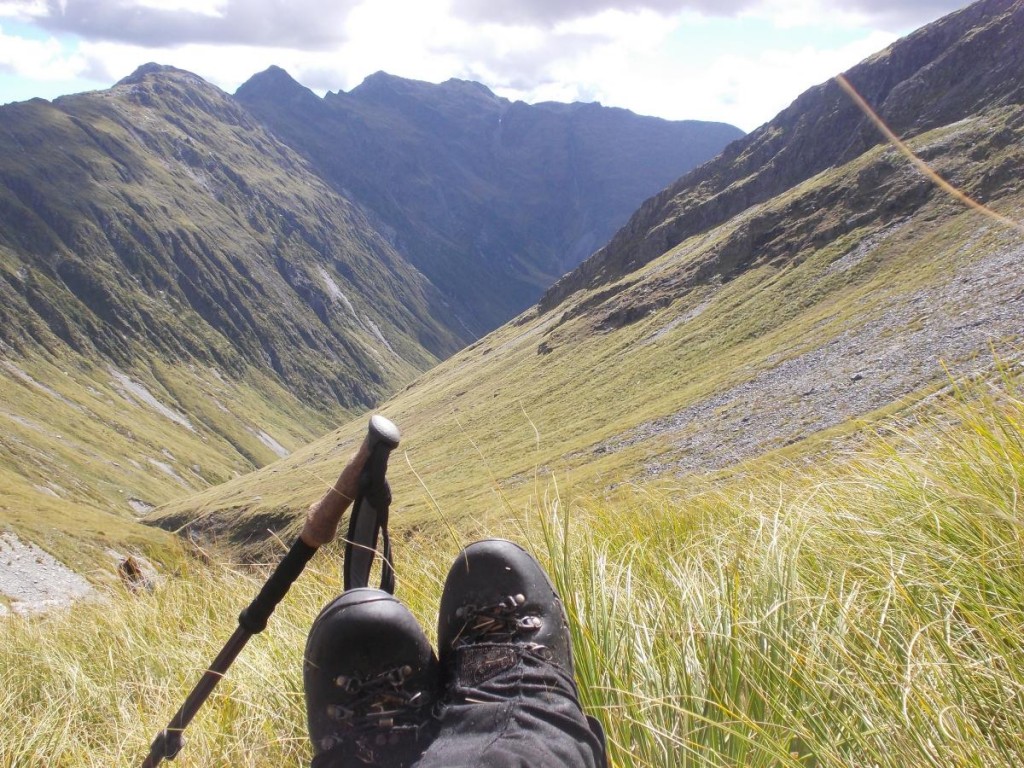Take advantage of fall's cooler nights and warm days to plan a weekend trip before the cold weather sets in!
1. Learn which agency manages the area
Different land management agencies have different rules for land use. If you’re traveling on public lands, they may be managed by the National Park Service, Bureau of Land Management, U.S. Fish and Wildlife Service, or the Forest Service. If you're thinking of heading into a designated Wilderness Area, for example, you'll have to leave your bike behind—they aren't permitted in Wilderness Areas. Also, make sure that you don't wander into private land—that’s trespassing!
2. Make a plan
 Plan your route before heading out the door. Photo courtesy of Alex Chang - Cornell Leadership Expedition in Patagonia.
Plan your route before heading out the door. Photo courtesy of Alex Chang - Cornell Leadership Expedition in Patagonia.
There's a lot that goes into planning a route before you even hit the trail. Figure out where you’ll park your car and if you need to shuttle vehicles. Make sure everyone in your group is aware of the plan ahead of time. Consider whether you will travel on or off a trail, since that makes a difference in how long you’ll be out and how tired you’ll get as you travel. Also, plan ahead for where you'll camp. Is there a nearby water source, and do you have a backup spot if the site is already occupied?
3. Find out how the trail will be marked
 Blazes can take the form of marks on trees, stacked rock cairns, or metal signs like this one. Photo by Bluedawe.
Blazes can take the form of marks on trees, stacked rock cairns, or metal signs like this one. Photo by Bluedawe.
Ask the area's land manager how the trail will be marked. Is it used often and well-trodden, or is it overgrown and difficult to read? If you are traveling on trail, you can keep an eye out for useful signals like blazes (markings on trees left by land managers), metallic tags, rock cairns, or cut logs. Make sure you don’t start following a deer trail by mistake!
4. Note important landmarks ahead of time
Take out your map and take note of the handrails, features like rivers and steep cliffs that parallel your route to help you stay on track, as well as the backstops, landmarks that you can use to know you’ve gone too far. This is especially important for traveling off trail. If you decide to leave the trail and head into the unknown, make sure you know how to get back to that spot in case you get lost.
5. Anticipate the terrain
Check ahead of time to see if the route is steep or flat, wooded or swampy, rocky or dotted with tiny lakes. It's a lot easier to plan a trip when you know what to expect and what kind of terrain you'll be traveling through. Make sure the route is something that everyone in your group is excited about, too!
Explore NOLS Backpacking Trips!
Get more tips like this from the NOLS Wilderness Navigation book, and learn to put them into practice on a course.






